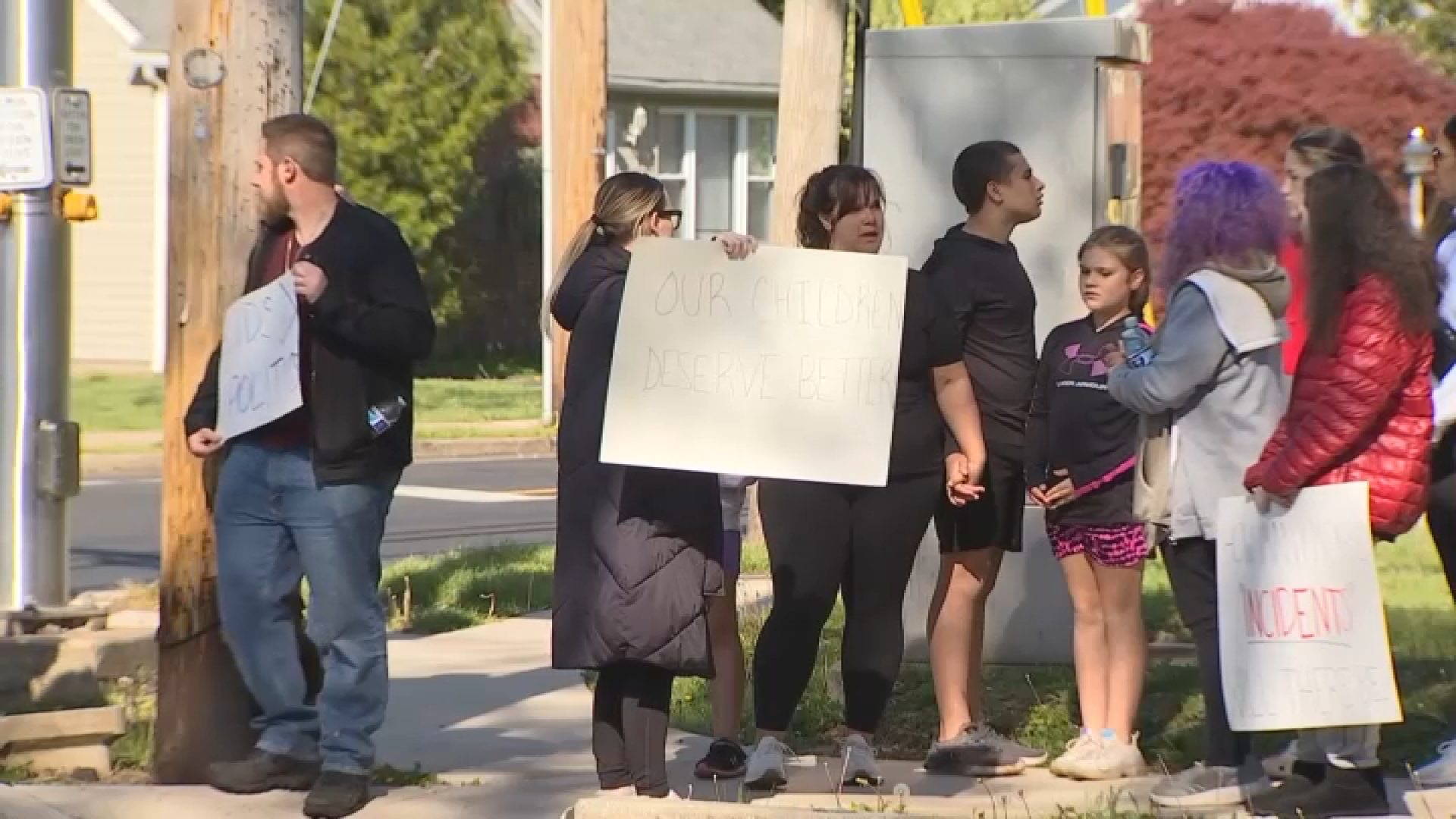You may walk out of your house Wednesday morning, look to the sky, and think: "Eh, this nor'easter isn't that bad."
But a few hours later, the formidable winter storm will likely be choking travel and your sanity into submission.
Heavy, wet snow will fall at such a high rate over a short period of time that it will be dangerous for travel and tough for road crews to keep up.
The NBC10 First Alert Weather Team is describing this part of the storm as a snow thump — coming on fast and strong.
"We're calling it a thump for two reasons: the high rate of snowfall and the type of snow that'll be coming down," NBC10 First Alert Weather meteorologist Steve Sosna said.
One to 2 inches of snow will be falling an hour. For some neighborhoods, the heavy snow will carry on for up to five hours, Sosna said.
The heavy snow will likely start in the late morning Wednesday in the Lehigh Valley and then spread south and east. The snowfall will abruptly slow to light flakes or stop completely. (Here's the latest expected snowfall totals.)
Local
Breaking news and the stories that matter to your neighborhood.
Sosna says the weather team has high certainty that large snow accumulations will pile up in the Lehigh Valley, Berks County and the upper suburbs in the Philadelphia ring counties. The level of certainty decreases around the Philadelphia area because the rain-snow line will hover near the Delaware River. That means totals could go up or down in and around Philadelphia.
The type of snow is also a contributing factor for this particular thump.
This will be a heavy, wet snow that's typically nicknamed "heart attack snow" because of how stressful it is on your body to shovel it.
"Snow from this nor'easter has a higher amount of water in it, which weighs the flakes down and makes the overall snowfall more compact," Sosna said.
Wet snow has a precipitation ratio of 6 inches of snow to 1 inch of water. Typical snow has a ratio of 10 to 1. Fluffy snow has a 20 to 1 ratio.
So what makes one type of snow different from another? The air temperature, Sosna says.
"Temperatures will hover right around freezing for the duration of the storm allowing the snowflakes to carry more moisture," Sosna said.
Heavy, wet snow weighs down trees and power lines. Don't be surprised to see additional power outages as trees weakened by the last nor'easter tumble.
This slushy, thick snow can also gum up train switches and paralyze rail lines. SEPTA has already warned riders that regional rail service will operate on a severe weather schedule, which means more limited service.
Bottom line: The evening commute on Wednesday will be a mess so avoid traveling (if you can) during that thump to stay safe.
And if your power goes out, download the free NBC10 app to get instant updates and stream our live coverage on your smartphone.



